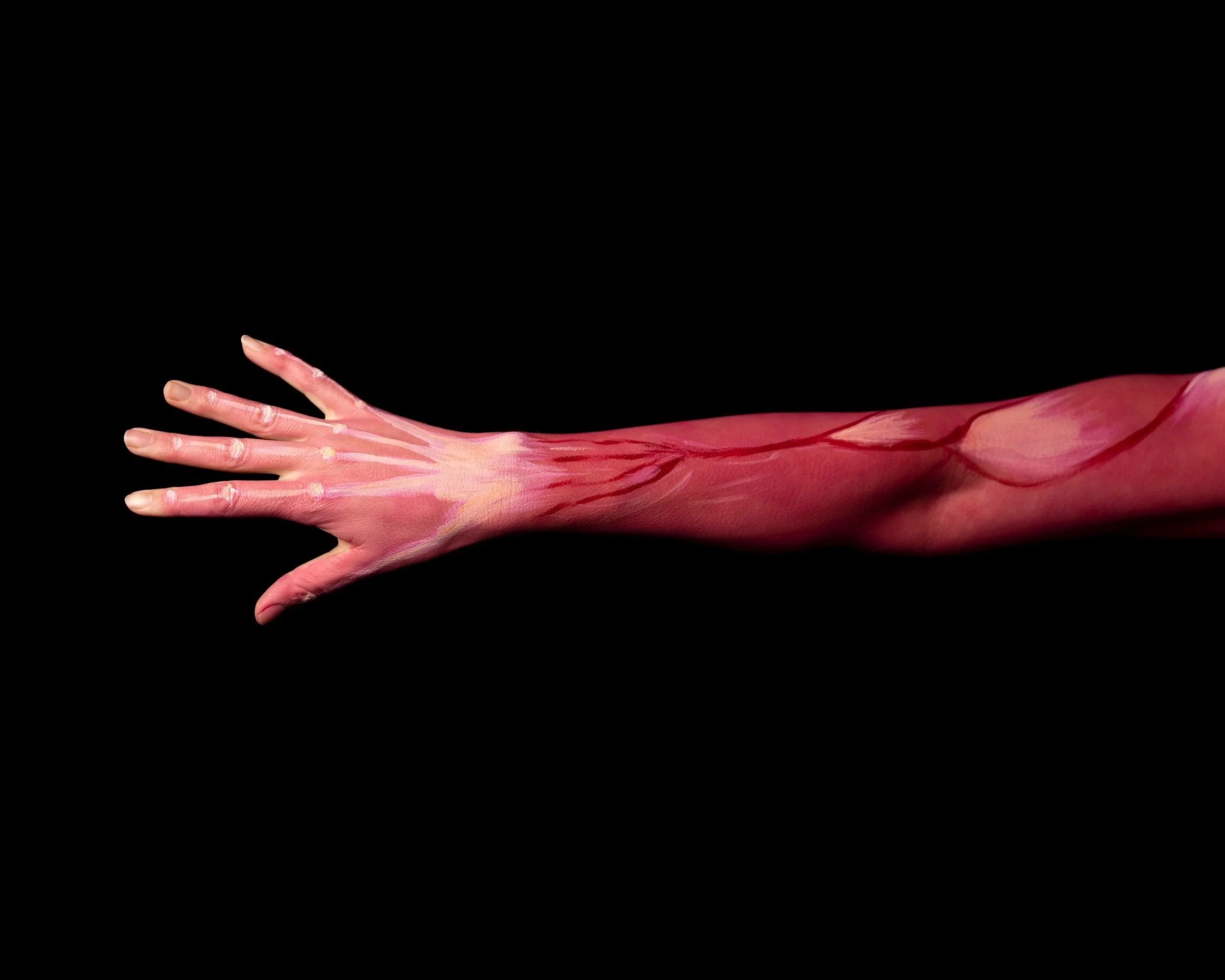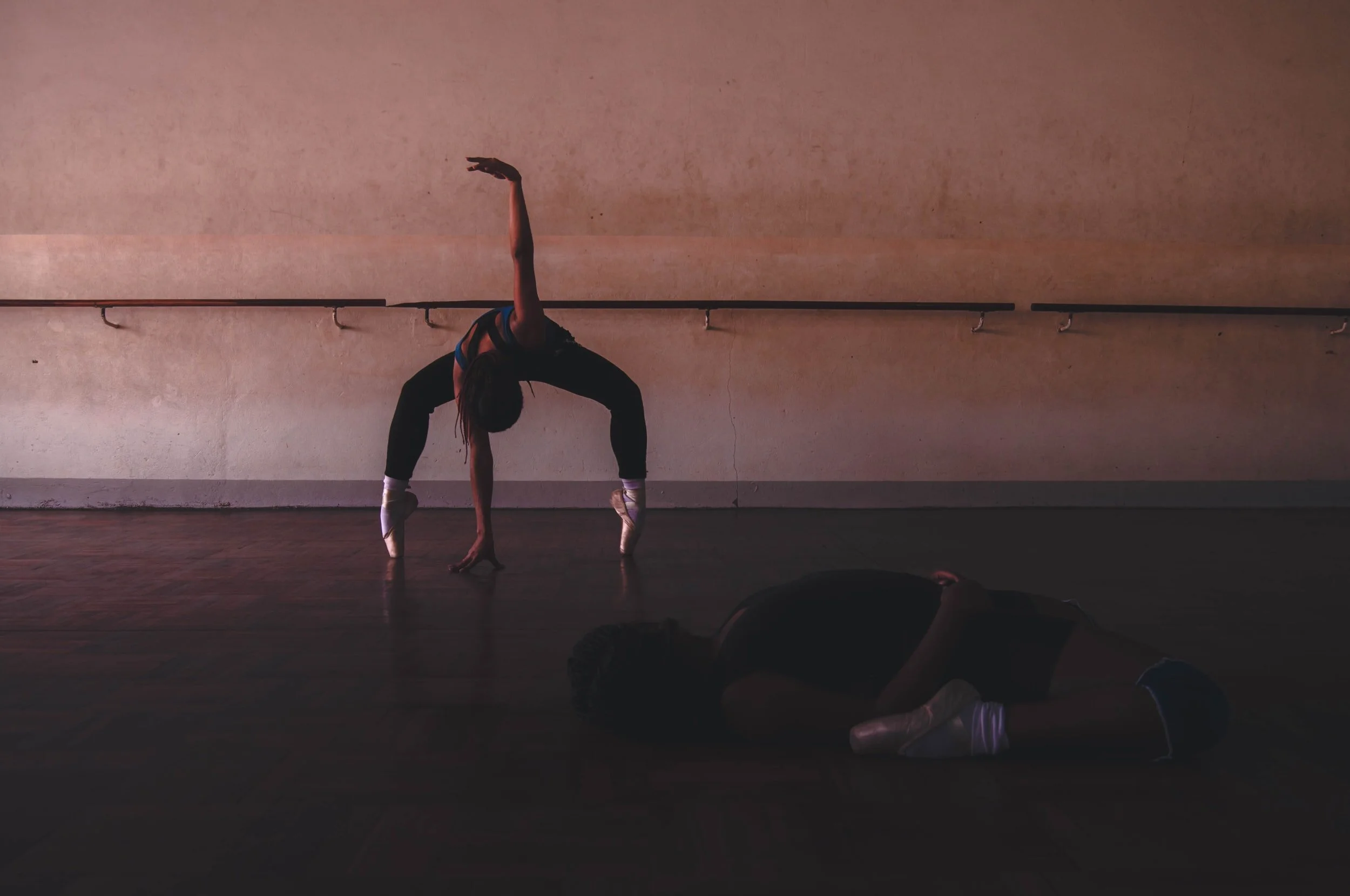This article is intended as an educational resource on sleep, its importance, and how to improve it. I cover 8 major categories of sleep strategy, plus a guide to begin using interoceptive landmarks to regulate eating (as opposed to counting calories).
An article detailing the process of my recovery from anterior hip pain. I share what didn’t work, what was likely the culprit of the pain, and the big lessons you can away from this experience. The details of this specific injury might not apply to you directly. But the general insights covered here certainly will.
An essay reflecting on the normalizing force of cultural pressures, the tension between personal expression of truth and civic contribution, personal identity and purpose.
This essay (together with an audio introduction and reading of the piece) addresses what I have come to understand as the central resistance to meditation practice. And by meditation I don’t refer exclusively to sitting still, eyes closed. I mean any act of intentional and measured introspection, any gesture of pure observation, inward or outward. If you’re looking for a basic guide to meditation techniques, you will not find it in this piece. Instead you’ll find an exegesis of the ancient fear itself—its mechanism and the resulting resistance. I hope you’ll also find an authentic optimism and curiosity about meditation, about what it might produce for you.
This video covers two topics. Part 1 the details of the final stages of my recovery from severe brachioradialis tendinitis—what didn’t work and what did work to facilitate a full recovery. Part 2 offers broader insights into judging injuries and what needs to be done about them. When are injuries inevitable and constructive? When are they avoidable and cause for concern?
A detailed overview of my rehab process for previous tendon-related injuries, as well as my process for rehabilitating my brachioradialis injury to date, and how the latter has shifted my perspective on rehab in the recent months.
In this post I show the evolution of a “bad” aphorism I improvised for a technical demonstration in the Aphoristic Writing Guide. I chose to workshop this aphorism because I wanted you to be able to see me work through a more challenging case. And it did end up being a challenge.
Aphoristic writing is a useful stylistic exercise to improve writing generally, true. But think about this. Given the truncated structure of most online writing content, it really pays to be able to say something true and meaningful in a small space—and in an interesting way that leaves a surprising impression and makes people think.
This is a continuation of the previous topic on aphoristic writing. But these are all new aphorisms; none are repeated from the previous post. If you want to hear more about the process of aphoristic writing and how I see its significance, I recommend listing to the audio introduction in Aphorisms Part I. After the aphorisms I’ve offered some basic ideas and principles you can apply to your own aphoristic writing for those interested in giving it a go. Though I’d say most if not all of these principles can be applied to writing generally.
Aphorisms are one of my favorite writing modalities. They can be found in abundance in Classical Chinese Philosophy and Ancient Greek Philosophy, for example, but have become scarce in more contemporary writing. Good aphoristic writing is rarer still. That’s not to say I think my aphorisms are particularly artful. But I’ve invested some time developing this craft, and I continue to uncover many hidden treasures as I practice aphoristic writing. I’ve added a commentary for each aphorism, which includes my breakdown of the meaning of each aphorism and a bit about the principles or mechanisms I’ve used to compose it. I start by reading the aphorism, then the commentary follows.
What are flexibility and mobility, and why does our understanding of these concepts matter in practice?
Imagine I want to be a be a fighter pilot. I want to be a fighter pilot but I don’t enroll in the navy or air force, attend flight school, do physical training, flight simulations, or training exercises in a real fighter jet. Instead I watch videos of other fighter pilots flying with great skill, buy a bomber jacket and aviator sunglasses, then take a taxi to the the port where I board an aircraft carrier and announce I’m ready to fly.
…Any attempt to understand broader sociological or political trends cannot be abstracted from the psychology of the individuals who act out these trends. To divorce the individual’s perspective and incentives runs a very high risk of misinterpreting the nature and meaning of a given pattern. On the other hand, to understand individual perspective very well provides invaluable and otherwise inaccessible information about these patterns. It’s no secret that I harbor serious concerns about current global trends in respect to policies around the “pandemic,” social media [and other media] censorship and bias on this topic, and the capacity of the general public to think critically on these matters. I’ve expressed these concerns on Instagram at various points, though tentatively. I neither had the space there to detail my skepticism, nor do I think it would have been met well if I had. But I feel the weight of these insights daily. Each day they stay hidden seems to stain my hands as Lady Macbeth’s; my subconscious rubs its hands together while I sleep. I know I’m not the only one.
It’s obvious to me why so many people cringe at the sight of contemporary self development culture. In the last decade, yoga, “mindfulness,” meditation, new-age spiritualism, “healing” practices, life coaching, even business coaching have made unprecedented strides into the public view and market. They are the new front lines of entrepreneurship—and also dishonesty.
I think skill in communication is one of the most important skills anyone can learn. We do it all the time, whether we want to or not. And perhaps we do it more than ever now, since the advent of the tech revolution. In this article I aim to reframe empathy as a communication skill, rather than innate talent or merely intuitive vicarious feeling, and show how it can be used to create clarity and quality of understanding in relationships.
What we eat is in part influenced by how we perceive ‘health.’ This health narrative evolves over time through a dynamic interplay between conceptual and experiential frameworks. In other words, as a narrative, ‘health’ is a powerful motive behind food choices. By recounting the evolution of my perception of ‘healthy eating’ over time, through my own folly I aim to paint a realistic picture of the typical naiveté in perception of health. Hopefully this will be relatable and help some of you avoid the same pitfalls and nearsightedness.
David and I discuss subjects around the practice and art of teaching. Includes: the price in the teaching field of economic mobility created by the tech revolution, the tension between imparting existential meaning and practical understanding students, authenticity in coaching message, the difference between what most people look for in a coach vs. what makes a good coach, actionable steps for maintaining integrity while expanding your network/reach as a coach, the psychological responsibility of coaches, reflections on our own personal teaching journeys, and more. All in under an hour.
If I wanted to build a ship and actually sail on it, I would have to do more than make something that looks the part—has a udder, mast, hull, etc.—but wasn’t made with the intention of staying afloat and moving through the water at speed. Imagine someone built such a ‘ship’, then spent countless hours and thousands of dollars on the sail material, deck design and cabin interior. We would no doubt consider this person to be confused.
The second man stands on the other side of the chasm, peering down into the purple, impossibly cold, seemingly arbitrary nature of his subjective experience—which seems to point to no particular direction or destination. He drops a stone and hears nothing; he gropes around the dry ledge with his hands but finds no map or compass in the dust. He’s searching for a clue, waiting to be informed.
This is blind reverse engineering. I’m trying to rig the experience I want by artificially constructing a context in which to have that experience. I think that if I can create conditions associated with an experience I want to have, then I’ll have that experience. What’s more, I have no idea what that experience is actually like in the first place. I don’t know what it’s like to generate that experience from within myself, as an extension of my own highest values. So even my conception of the experience I think I want to have is likely based in abstractions.






















This is the story of how my wife, by her account, fell in love with me.
I hope men of all ages can take something from this story, as I think men—and this includes me—have very, very idiotic ideas about what drives, pleases, inspires, and elevates women to their full power. But if you cultivate the right attributes and attitudes, you won’t need to persuade them of anything—contrary to my understanding at the time.
The other half side of this story, how I fell in love with Gabie, is far darker and more harrowing. I’m not ready to tell that part to you all yet. But this might help some men put their feet on the ground and start becoming someone worthy of a woman.